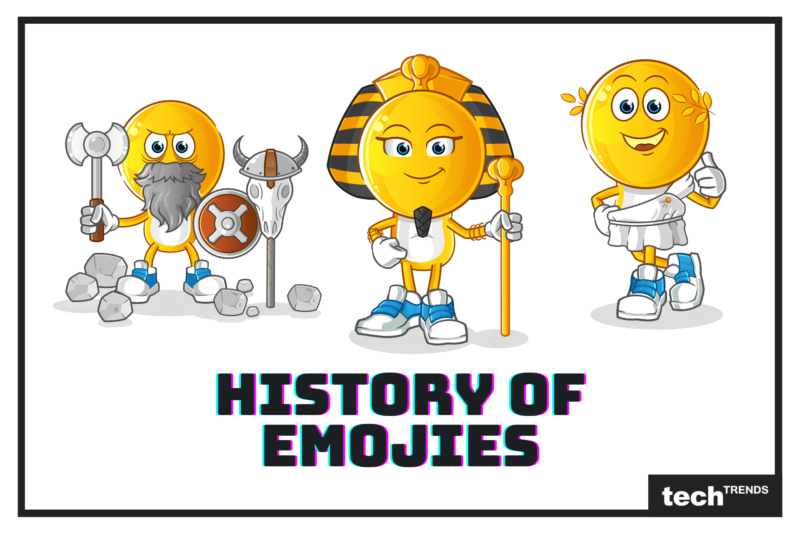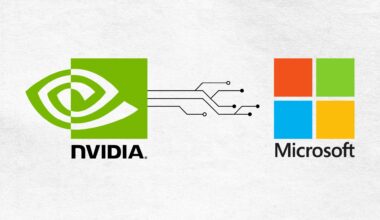A single word can have a thousand different meanings. This is especially true when you’re trying to express yourself in written form. Written language has many limitations and leaves much to be desired when it comes to expressing complex emotions or ideas. Even the ancient Egyptians struggled with this problem when they invented Hieroglyphics around 3000 BC. They used hundreds of symbols called hieroglyphs to represent ideas and common objects instead of using simple words. This article covers everything you need to know about the history of emojis, from their origins as an ideogram used by the ancient Greeks through to their modern usage on mobile phones, computer programs, and social media sites such as Facebook, and Twitter, Pinterest and Instagram.
What are Emojis?
Emojis are tiny images that are used to express emotions, ideas, or phrases. They’re available on almost every modern device and social media site and can be used to add a little visual pop to any conversation. Emojis use an image instead of written words to communicate an idea or emotion. They are most commonly found in the form of small images or icons on computer programs and mobile devices. Emojis first became widely available thanks to the explosive growth of mobile devices. Before the advent of smartphones, emoji symbols were usually represented by written words or symbols.
The history of emoji: from ancient Greece to the 21st century
The history of emojis begins in ancient Greece. The Greeks used ideograms – images that represent a concept or thing – to represent common ideas, objects, or feelings. The first emoji was believed to be the smiley face. This image was used as far back as 500 BC and took the form of a circle with two dots representing eyes and a simple smile. Emojis continued to be used throughout the centuries, often in the form of written words. In the 1920s, the first “modern” emoji was created – it was a picture of a boy with a tousled haircut holding up one finger. This image was used in the first-ever television broadcast and was meant to symbolize “This is one.” Emojis took off in the 21st century, with the introduction of the first smartphone. In the 2000s, advanced mobile devices allowed the use of images to represent words and phrases rather than writing them out.
The birth of emoji: Communicating with smiley faces
The original smiley face was developed by a man named Harvey Ball in the 1960s. He designed the yellow smiley face with a wide smile as a way to brighten up the atmosphere at the Massachusetts Institute of Technology, where he worked as a maintenance contractor. Ball’s smiley face was first used commercially in 1976 when it was trademarked by the now-famous Smiley Company. The smiley face quickly became the most common emoji and has remained so ever since. The introduction of the smiley face as a means of communication was extremely successful. From the 1970s to the 2000s, the smiley face was the most common emoji in the world.
2008: The year of emoji growth
In 2008, the first Unicode Standard for emoji was created. This was a common list of emojis that all computer systems could use to display images. Emojis continued to grow in popularity and by 2012, one billion people were using emojis every day.
2013: The year of the emoji explosion
The explosion of emoji use occurred in 2013. This was the year that Apple released the iPhone 5 with a built-in feature to use emojis. The early iPhone models did not have a way to use emojis. This meant that iPhone users had to use pictures of words or written phrases instead of emojis. But in the fall of 2013, Apple released the iPhone 5, which included an emoji keyboard. This meant that iPhone users could easily use emojis in any text message, email, or social media post. The release of the iPhone 5 and its accompanying emoji keyboard was incredibly successful. The emoji keyboard became incredibly popular and more people than ever before started using emojis regularly.
2016: The year of diversity and inclusion
By 2016, emoji use had increased so dramatically that the Unicode Standard had to be updated to include over 100 new emojis. New emoji were added to represent an array of different races and genders. There were new images to correspond to the many different skin tones of people from different cultures around the world. Emojis were also used to represent a wider range of emotions and situations. For example, there are now emojis that can be used to communicate feelings like “sadness”, or “loneliness”. The growing use of emojis in the early 2010s is a great example of how the written word can be enriched by the addition of visual elements.
Conclusion
The history of emojis is a long and interesting one. From their origins as ideograms used by the ancient Greeks to their modern use as a visual language, these images have come a long way. And there’s no end in sight for their growth and expansion as a form of communication. Emojis will continue to evolve and change with the times. New trends in emoji use will come and go, and new images will be added to the standard. It will be fascinating to see how these images continue to grow and change over time.









